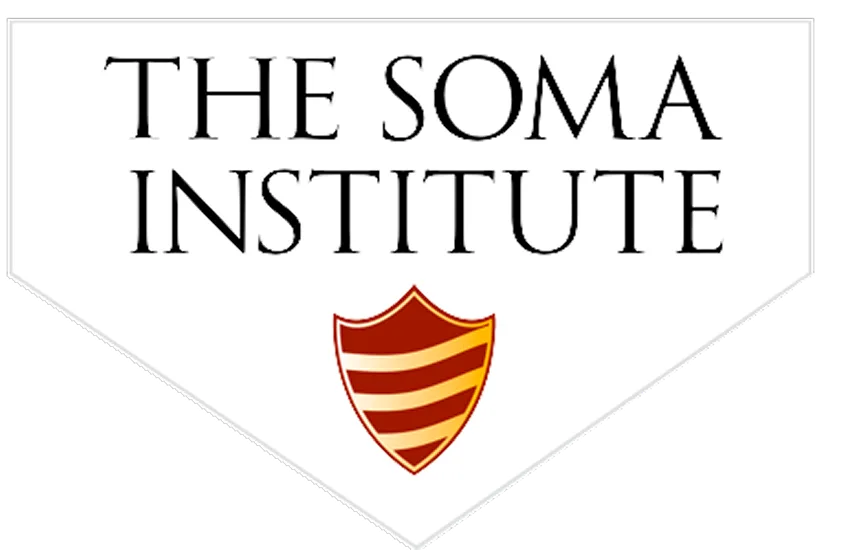Massage Therapy Improves Circulation
As a clinical massage therapist, health and wellness expert, and research scientist I’ve always sought to understand the real mechanism(s) behind the therapeutic actions of massage therapy. Simple proclamations of its benefits have never worked for me, even during my tenure as a student at The Soma Institute.
For years the proposed therapeutic benefits of massage have been researched and studied for a wide array of health conditions (cancer, arthritis and chronic pain syndromes), however, one simple question has remained unanswered: Does massage therapy influence blood flow? Unbelievable but totally true!
Although massage therapy has long been speculated to enhance blood flow and improve circulation the exact “how” just hasn’t been established. That is, until my most recent findings, which are the very first to substantiate the direct circulatory benefits of massage therapy.
In 2010, the Massage Therapy Foundation awarded me a research grant for which I designed a very simple study to investigate whether or not massage therapy actually influences blood flow. Given my extensive fitness background and profession as an exercise physiologist, I specifically wanted to see if massage would improve systemic (body wide) circulation and reduce muscle soreness after exercise.
I conducted these studies with my colleagues in the Department of Physical Therapy at the University of Illinois at Chicago (UIC). Here’s exactly how are studies were performed.
Healthy adults were asked to exercise their legs to soreness using a standard leg press machine. Half of the exercisers received leg massages, using traditional Swedish massage techniques, after the exercise. We then asked participants to rate their level of soreness on a scale from 1 to 10.
As we expected, both exercise groups experienced soreness immediately after exercise. The exercise-and-massage group reported no continuing soreness 90 minutes after massage therapy while the exercise-only group reported lasting soreness 24 hours after exercise.
Now, our past studies have shown that exercise-induced muscle soreness can substantially reduce blood flow using an ultrasound technique called flow mediated dilation (FMD), a standard measure of general vascular health. For these studies, we measured FMD in the upper arm at 90 minutes, 24, 48 and 72 hours after exercise.
For the exercise-and massage-group, FMD indicated improved blood flow at all time points, with improvement tapering off after 72 hours. As we expected, the exercise-only group showed reduced blood flow after 90 minutes and 24 and 48 hours, with a return to normal levels at 72 hours.
Based on these studies, it is my belief that massage therapy improves the overall circulation in a very beneficial way. It’s not just about blood flow either; we actually found a vascular response. Furthermore, since vascular function was changed at a distance from both the site of injury and the massage, our finding suggest a systemic rather than just a local response to the area that was massaged.
Moreover, the control group, for which we expected no response demonstrated virtually identical levels of improvement in circulation as the exercise and massage group. This is by far the most important finding for the massage therapy community!
Since brachial artery FMD has been shown to correlate well with cardiovascular disease risk, the results of our studies may very well indicate the use of massage therapy for individuals with heart disease and even high blood pressure.
It’s interesting, when I was studying to become a clinical massage therapist, I never agreed with the all-too-common practice of touting unsubstantiated benefits of massage therapy. To be totally honest, I never really expected much out of these studies; I was simply doing my job as a researcher by following the scientific method in an unbiased way.
While we’ve still got a long ways to go in fully establishing the therapeutic effectiveness of massage therapy in relation to blood flow and countless health conditions, the results of our studies are truly a stepping stone in the right direction. Moreover, there’s much more data that we have yet to analyze so be sure to stay tuned.
Nina Franklin, PhD, Guest Blogger
 Dr. Nina Cherie Franklin, best known as Nina Cherie, PhD, is a proud graduate of The Soma Institute, Class of 2004. She is a researcher, educator, and advocate for lifestyle medicine with over 15 years of experience in the fields of health, fitness, and nutrition. Dr. Franklin’s blog entitled “You, Your Body & Your Health” is a primary means by which she shares her expert perspective on a diverse range of issues pertaining to personal health and physical wellness. Through her blog and other media channels, Dr. Franklin has published over 500 articles, expert blogs, and videos.
Dr. Nina Cherie Franklin, best known as Nina Cherie, PhD, is a proud graduate of The Soma Institute, Class of 2004. She is a researcher, educator, and advocate for lifestyle medicine with over 15 years of experience in the fields of health, fitness, and nutrition. Dr. Franklin’s blog entitled “You, Your Body & Your Health” is a primary means by which she shares her expert perspective on a diverse range of issues pertaining to personal health and physical wellness. Through her blog and other media channels, Dr. Franklin has published over 500 articles, expert blogs, and videos.
To learn more about Dr. Franklin please visit the following:
Official Website: https://ninacheriefranklin.com/
“Like” her on Facebook at Nina Cherie, PhD of Complete Health Solutions, L3C
Follow her on Twitter @NinaCheriePhD
